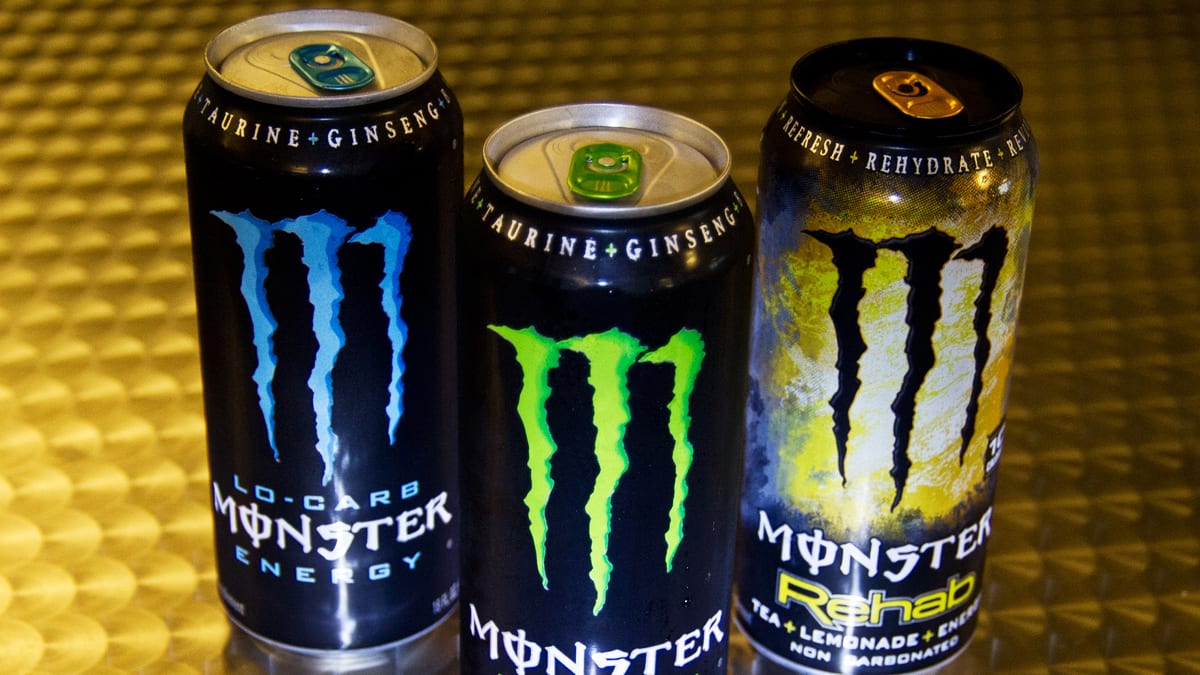- Caffeinated Gum
- Caffeinated Drinks
- Define Caffeinated
- Caffeinated Download
- Caffeinated App
- Caffeinated Movie
Kerry Coyne:
We have watched the coffee category expand and adapt as Millennials converted to coffee drinkers, attracted by the smoother flavor and artisanal characteristics and third - and fourth-wave coffee, we knew our culinary team could deliver that same premium, hand-crafted sensory experience with the bellowed category hero of espresso in our best-in-class, fresh-baked bagel. The caffeine in the bagel is sourced from both espresso and coffee-cherry flour. Einstein’s exact recipe is proprietary but in addition to packing a caffeinated punch, the new bagel also has 13 grams of protein, derived from cocoa. We ’d all love a little extra energy in the morning, but do the enhancned bagels actually taste any good ? The product left tasters divided in a pretty even split. The product itself resembles a dark brown pumpernickel bagel and, upon the first few nibbles, tastes like a chewy plain bagel with a slightly sweet taste. After a few more bites, however, the bitterness from the espresso really kicks in.

Containing caffeine: caffeinated beverages. A Windows port of Caffeine for OS X. I used to use Insomnia, and in fact stole most of the code from that app, but I wanted a friendlier interface. Uses free icons from VisualPharm.
Bryan Bordeaux, DO, MPH
- SGIM Peer Reviewer
- Clinical Instructor in Ambulatory Care and Prevention
- Harvard Medical School

Harris R Lieberman, PhD
- Military Nutrition Division
- US Army Research Institute of Environmental Medicine
David Seres, MD
- Section Editor — Nutrition
- Director of Medical Nutrition
- Professor of Medicine in the Institute for Human Nutrition
- Columbia University Vagelos College of Physicians and Surgeons
Caffeinated Gum
Lisa Kunins, MDLisa Kunins, MD
- Deputy Editor — Primary Care (Adult)
INTRODUCTION
Caffeinated coffee and tea are the most consumed, socially accepted stimulants in the world. Approximately 90 percent of all adults in the world consume caffeine daily. In their natural forms, coffee and tea contain several chemical components that may confer both beneficial and adverse health effects, including caffeine and antioxidants (eg, polyphenols, catechins, and flavonoids).
Most of the data on the health benefits and risks of caffeine are from observational studies in which self-reported consumption of beverages and foods is associated with health outcomes. Such studies make it difficult to identify caffeine itself as the causative agent and to exclude residual confounding. Based on available data, there is insufficient evidence for promoting or discouraging regular coffee and/or tea consumption. Caffeine has multiple systemic effects on the neuropsychiatric, cardiovascular, endocrine, and gastrointestinal systems. The impact on health may be modified by genetic factors, age, sex, medications, and other environmental exposures.
Caffeinated Drinks
This review will focus on the effects of caffeine and caffeinated beverages on specific disease processes, including insulin resistance, cancer, and all-cause mortality. The specific effects of caffeine on the cardiovascular system, as well as the effects of caffeine on pregnancy, are discussed separately. (See 'Cardiovascular effects of caffeine and caffeinated beverages' and 'Nutrition in pregnancy'.)
Define Caffeinated

CONSUMPTION
Safe levels — For most adults, consumption of up to 400 mg of caffeine a day appears to be safe [1-3]. A list of commonly consumed caffeinated beverages and average caffeine content is shown in the table (table 1).
Limited data are available about safe levels of caffeine consumption in children and adolescents. A systematic review found that intake of 2.5 mg caffeine/kg of body weight per day is not associated with adverse effects [3]. Young adults need to be cautioned about using caffeinated energy drinks in excess and not mixing them with other substances. (See 'Dependence and abuse' below.)
Subscribers log in here

Caffeinated Download

Caffeinated App
Caffeinated Movie
- Tea Fact Sheet. Tea association of the USA, Inc. Available at: www.teausa.com/general/teafactsheet-updated2-10-06.pdf (Accessed on October 11, 2011).
- US Food and Drug Administration. FDA Consumer Advice on Powdered Pure Caffeine. www.fda.gov/Food/RecallsOutbreaksEmergencies/SafetyAlertsAdvisories/ucm405787.htm (Accessed on July 28, 2014).
- Carvey CE, Thompson LA, Lieberman HR. Caffeine: Mechanism of action, genetics and behavioral studies conducted in simulators and in the field. In: Sleep Deprivation, Stimulant Medications, and Cognition, Wesensten NJ (Ed), Cambridge University Press, Cambridge, United Kingdom 2012. p.93.
- Lieberman HR. Foods and Food Constituents, Effects on Human Behavior. In: The Encyclopedia of Neuroscience, 3rd ed, Adelman G, Smith B (Eds), Elsevier Science, The Netherlands 2004.
- Lieberman HR, Carvey CE, Thompson LA. Caffeine. In: Encyclopedia of Dietary Supplements, Coates PM (Ed), Informa Health Care, New York 2010. p.90.
- Griffiths RR. Principles of Addiction Medicine, Graham AW (Ed), 2003. p.193.
- Uhde TW. Neurobiology of Panic Disorder, Ballenger JC (Ed), p.219.
- American Psychiatric Association. Diagnostic and Statistical Manual of Mental Disorders, Fifth Edition (DSM-5), American Psychiatric Association, Arlington, VA 2013.
